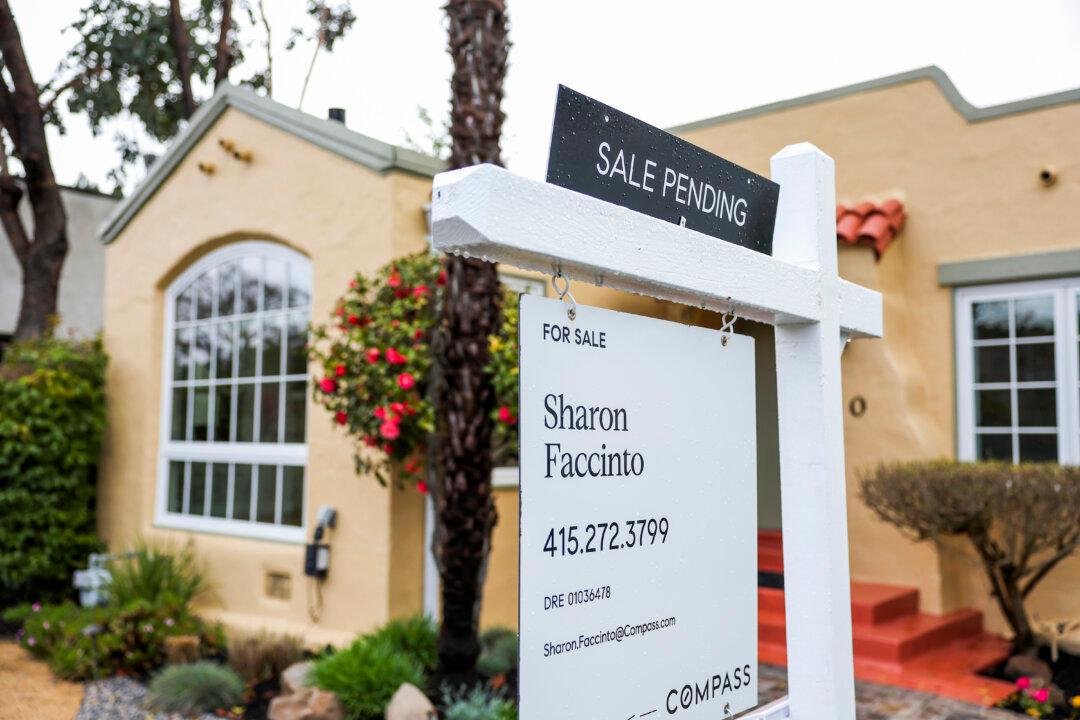Single-family home prices in Silicon Valley—the world’s technology capital encompassing San Jose, Sunnyvale, and Santa Clara south of San Francisco—reached all-time highs averaging more than $2 million in the second quarter of 2024, according to an Aug. 13 report from the National Association of Realtors.
It represents the first time the $2 million threshold was crossed since the realtors association began tracking housing prices in 1979, according to a press release accompanying the report.





